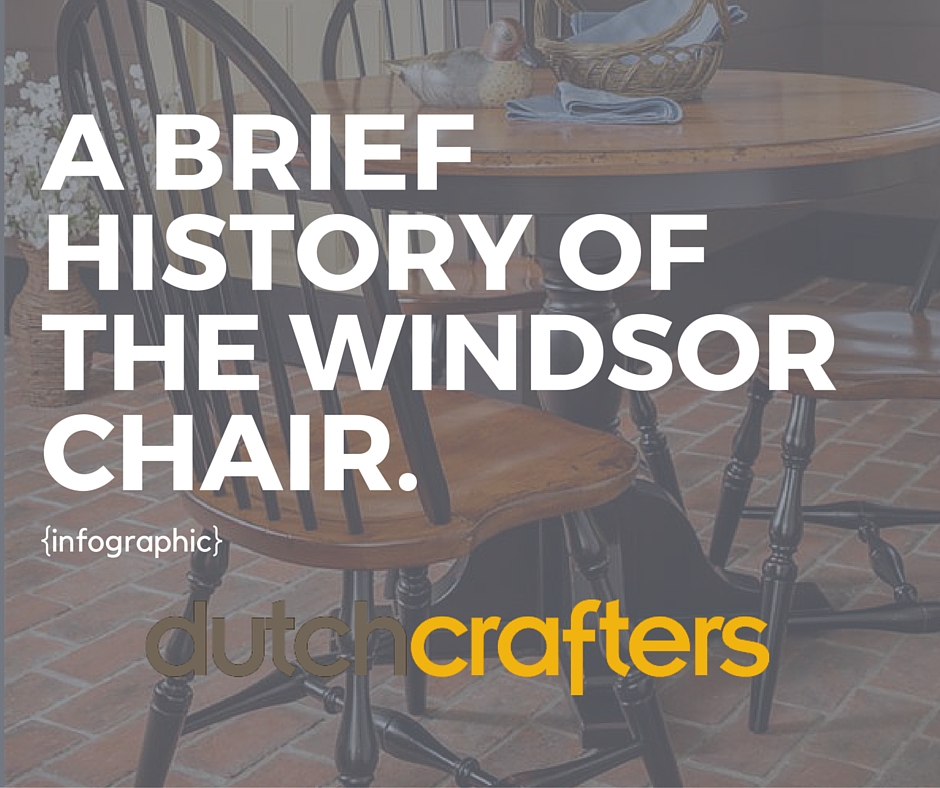Subject The Fascinating Experience Of Remodeling Aged Cupboards, Introducing Unknown Stories And Unlocking The Secrets Of Antiquity
Subject The Fascinating Experience Of Remodeling Aged Cupboards, Introducing Unknown Stories And Unlocking The Secrets Of Antiquity
Blog Article
Content By-Justice Lyons
To start the journey of recovering antique closets, you need a keen eye for detail. Think of discovering related website within each layer of background embedded in the wood. Picture the satisfaction of reviving a once-forgotten item to its former magnificence. Every step of this thorough process holds the vital to maintaining the past while creating a future treasure. So, are cabinet customization ready to start this transformative undertaking and unlock the possibility of your antique closets?
Assessing the Cabinet's Problem
When starting the reconstruction procedure, start by examining the condition of the antique closet. Meticulously check out the general framework for any indicators of damages such as fractures, chips, or loosened joints. Check the wood for any rot, warping, or insect infestation that may have taken place gradually. It's critical to determine the extent of the restoration needed before proceeding further.
Next, inspect the cupboard's equipment such as joints, handles, and locks. Make note of any missing out on items or parts that need repair service or substitute. Ensure that all equipment is operating appropriately and firmly affixed to the cabinet.
Furthermore, review the closet's coating. Look for any type of scrapes, stains, or discoloration that may affect the visual charm. Identify if the finish needs to be stripped and reapplied or if a straightforward touch-up will certainly be adequate.
Collecting the Necessary Tools and Materials
After examining the problem of the antique cabinet, the next step is to gather the necessary devices and materials for the remediation process. Prior to you start, guarantee you have the following products available:
- timber cleaner
- sandpaper in different grits
- wood filler
- paint or wood stain
- brushes
- handwear covers
- safety goggles
- a dust mask
- a drop cloth
- a putty blade
- a hammer
- a screwdriver
- a hoover
These tools and materials are vital for a successful remediation.
Wood cleaner is essential for eliminating years of dust and grime buildup, preparing the surface for sanding. Sandpaper of various grits helps in smoothing out flaws and preparing the timber for a new finish. Timber filler comes in handy for repairing any kind of cracks, openings, or dents existing in the closet.
Paint or timber stain, along with brushes, allow you to tailor the cabinet to your preference. Keep in mind to put on handwear covers, safety and security goggles, and a dust mask for security. Set a drop cloth to safeguard your workplace, and use a vacuum cleaner to clean up any debris.
With these tools and materials gathered, you prepare to start the reconstruction procedure.
Implementing the Reconstruction Process
To effectively perform the repair process on your antique cabinet, begin by thoroughly cleaning the surface area with the wood cleaner. This step is crucial as it aids remove years of dirt, grime, and old gloss that may have built up externally.
When the closet is clean and dry, examine the problem of the timber. Seek any splits, scrapes, or other problems that require to be addressed. Usage timber filler to repair any flaws, making certain to match the filler shade to the wood tone for a seamless finish.
After the fixings have dried, carefully sand the whole surface to create a smooth and even base for the new surface. Be careful not to sand as well strongly, as you do not want to damage the timber below.
Once the sanding is complete, apply a wood stain or finish of your selection, adhering to the manufacturer's guidelines. Permit the finish to completely dry entirely prior to applying a safety leading layer to make certain the longevity of your recovered antique cabinet.
Final thought
Since you have finished the remediation process, your antique closet looks as good as brand-new.
By following the detailed guide, you were able to examine, repair, and enhance its problem with ease.
With a fresh coating and protective top layer, your treasured item will certainly continue to shine for several years to come.
Take pleasure in the appeal of your restored antique cabinet!
